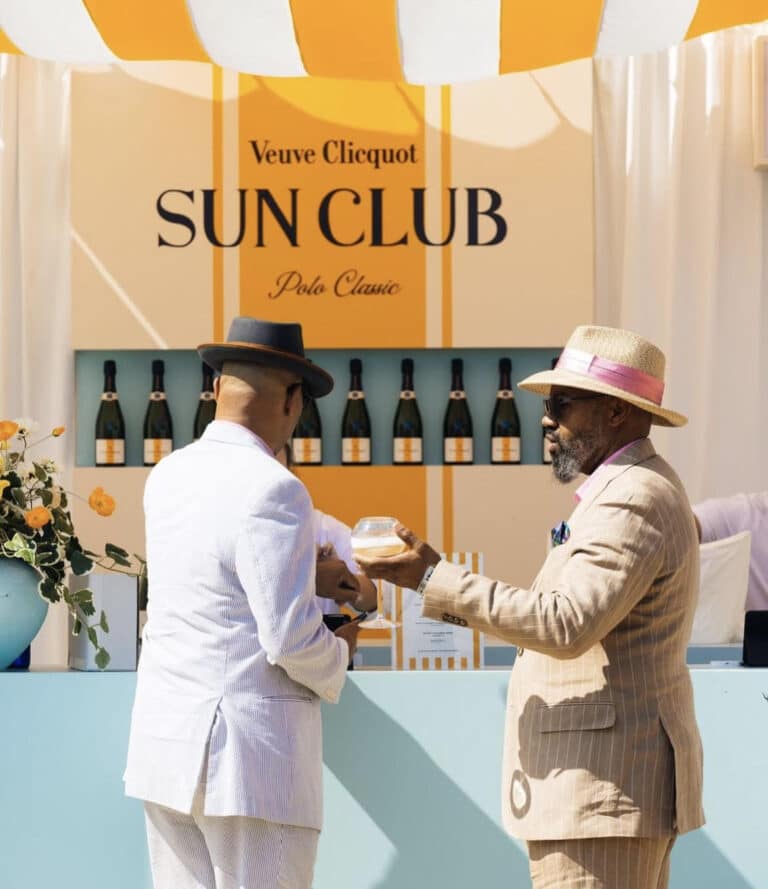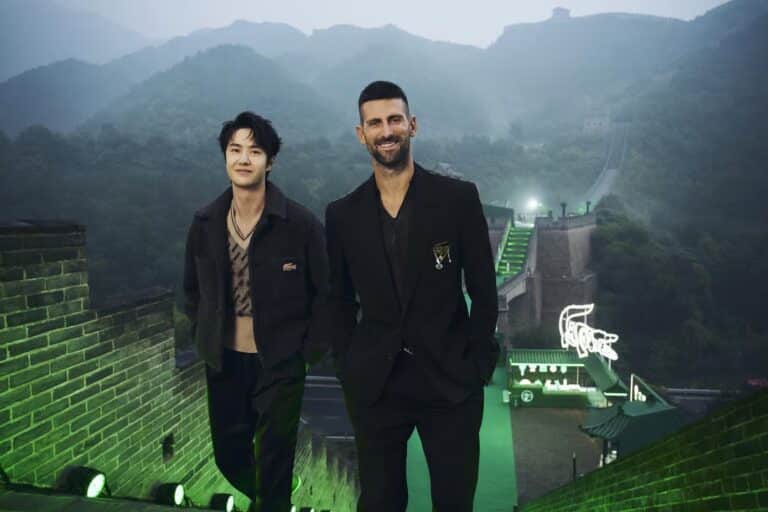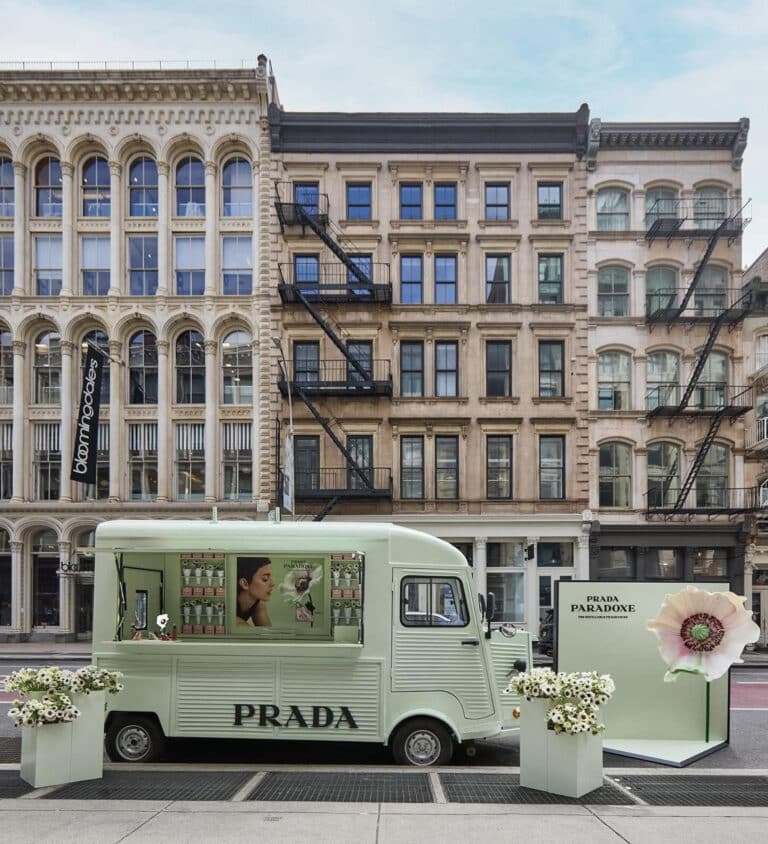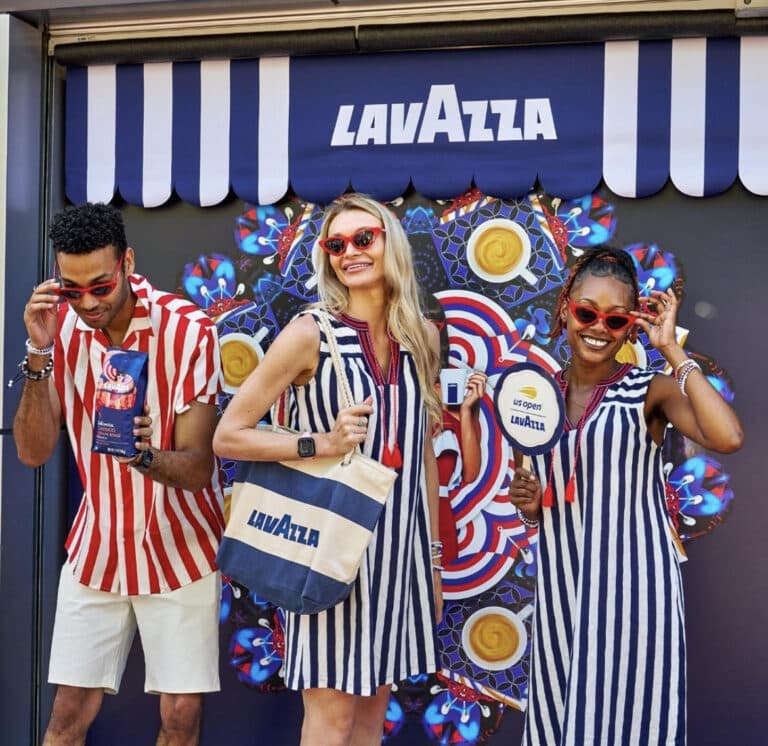In the ever-evolving world of advertising, the introduction of the Sphere at the Venetian Resort in Las Vegas has marked a watershed moment. This architectural marvel, with its 350-foot height and over a million LED lights, isn’t just a structure, it’s a paradigm shift in digital out-of-home (OOH) advertising. With the Las Vegas Formula 1 Grand Prix on this weekend, the Sphere’s role in revolutionizing brand marketing is more prominent than ever.
The Sphere’s sheer magnitude and visual appeal make it an advertising powerhouse. Brands understand the value of its colossal digital canvas, and the cost of $450,000 for a single day’s ad speaks volumes about its effectiveness. It’s a new benchmark in brand exposure, transcending traditional advertising mediums by leaps and bounds.
What sets the Sphere apart is how brands have leveraged its unique shape to unleash their creative potential. YouTube’s transformation of the Sphere into giant football helmets, the NBA’s colossal basketball, and Microsoft’s “Xsphere” campaign are testaments to the creative possibilities this platform offers. It’s not just an advertisement; it’s an art installation, a cultural statement.
The Sphere’s influence extends far beyond the confines of the Las Vegas Strip and the Formula 1 racetrack. Its presence is captured and amplified through global broadcasts of the event, reaching millions of viewers worldwide. This vast exposure turns each advertisement into a global event, breaking geographical boundaries and creating an international dialogue around the brands featured on this colossal digital canvas.
The Sphere has become a viral sensation on social media. Visitors, from their Las Vegas hotel rooms, are recording and sharing content of the Sphere’s dynamic displays. These user-generated videos often go viral, further extending the reach of the Sphere’s advertisements. This phenomenon underscores the modern reality of advertising: the power of shared experiences and user-generated content in amplifying brand visibility on a global scale.

As the naming rights sponsor for the Formula 1 Grand Prix in Vegas, Heineken’s Sphere ad is a pioneering effort. Their innovative ad, which morphs the Sphere into a rotating disco ball and then into an ice igloo revealing a can of Heineken Silver, is an epitome of creativity and brand positioning. It’s not just an ad; it’s an experience that resonates with the viewers, embodying Heineken’s ethos of sociability and premium positioning.

Aston Martin’s campaign for the Las Vegas F1 Grand Prix is a class apart. It’s not just about showcasing cars; it’s about conveying the essence and emotion of driving an Aston Martin. The animated rendering of biometric data, a novel approach in digital advertising, creates a visceral connection with the audience, elevating the brand’s stature in the luxury car market.

Other brands to utilise and leverage the sphere during the Laz Vegas Formula One include Google, Puma, American Express and Mercedes Benz. The event’s race week kicked off on Wednesday with The Netflix Cup, which notably featured the first live-cued content on the Sphere’s Exosphere, an impressive array of 1.2 million LED lights adorning the Sphere’s exterior.

The Sphere stands as a beacon of the future of advertising, where the impact of a campaign is measured not just by the immediate audience but by its global resonance. The Sphere’s ability to captivate and engage audiences worldwide through traditional broadcasts and viral social media content represents a new era in global brand advertising.

The Las Vegas Sphere, in conjunction with the Formula 1 Grand Prix, has redefined what it means to have global brand visibility. The Sphere’s role in transforming local advertisements into global conversations highlights the evolving landscape of digital advertising. Brands that embrace this platform are not just advertising; they are engaging in a worldwide spectacle, creating memorable experiences that resonate across continents. The Sphere is more than a structure; it’s a global stage for the future of brand storytelling.





